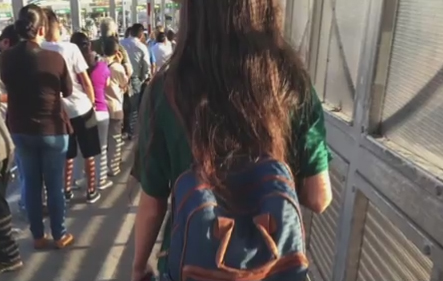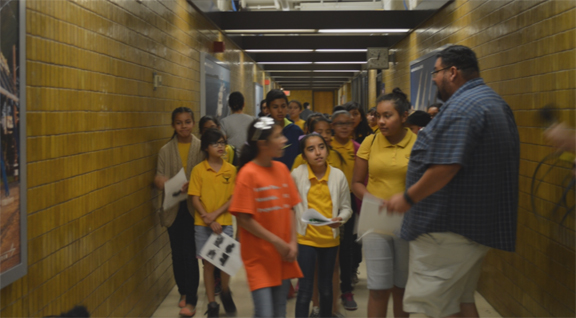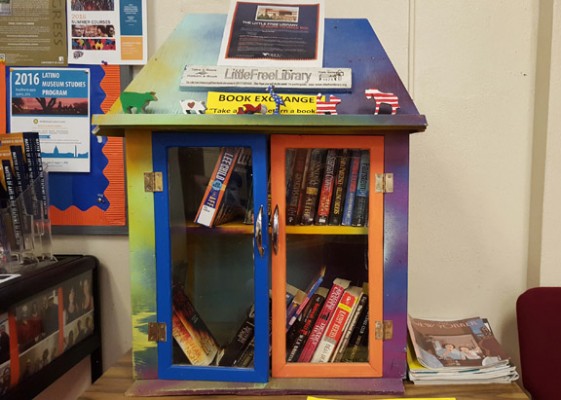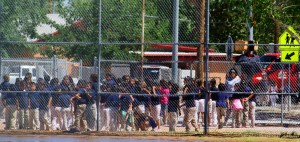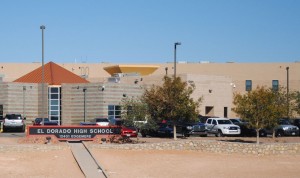Teaching and Learning and Caring Blog
My parents weren’t farmers, but I don’t remember NOT knowing what a young tomato plant looks like. There was a tomato plant growing outside Old Main, probably from a tailgate party earlier in the semester. I asked if anyone had noticed it. I asked and I asked. I sent students out to look for it. I took them there and said, “Here it is.” They said, “Where?” I couldn’t believe it. Most students didn’t know what the plant that grew such a common vegetable looked like. How had this knowledge been lost or never acquired? Their grandparents or great grandparents were likely farmers. Growing vegetables is a lot like teaching. You plant seeds and water and hope. Some seeds are planted too deep and never germinate, some too shallow and blow away, some in poor soil, some too early in the season, some too late. And the miracle of growth, when it happens, is enough to bring a smile to even a wrinkled old teacher—I mean farmer. It’s been many years since I had a real garden. I call it my “zen” garden, by which I mean raised planting beds of different shapes designed around a small pomegranate tree ensconced in a reclaimed tire. There are two places to sit (or contemplate) and a rock wall with marbles and glass embedded in cement. More artwork is planned. I don’t plan to rake rocks or anything like that. In reality the crops are all over the front and back yards in planting beds, in containers and in plain dirt. They include: squash, corn, cucumbers, chile, okra, eggplant, tomatoes, collard and mustard greens, snow peas, spinach, watermelon, pumpkin, basil, mint, and cilantro. The beans and carrots and green onions haven’t come up, and I had to pull up the radishes that were being devoured by bugs, and finally killed by my daughter who mixed a concoction of vinegar and vodka to kill the bugs but ended up killing the whole plant. The fig tree had to be radically pruned after the extremely cold week in winter. Each plant has its own challenges and potential rewards
This year gardening is even more rewarding because I have someone to share the joy with. Raymundo has helped with all the heavy work: tearing down an old fence and playhouse, building raised beds and hauling garden soil. Together we have planted and watered and watched. Some cherry tomatoes are already turning orange. The snow peas have finally flowered and are making little pods; we had to add additional support for the fragile plants. One zucchini will be ready in a few days and the pumpkins need thinning. Raymundo is eager to learn about every plant, its peculiarities and pests, like white cabbage butterflies that lay eggs on the undersides of leaves. I am eager to teach him what I know and both of us have more to learn; every season (or semester) brings new lessons.

